When your roof is facing issues due to water damage or general wear and tear, a simple repair might not suffice. This is when roof restoration becomes a crucial option.
Restoring a roof requires both skill and experience, emphasizing the need for professional roofing services. You might be interested in knowing what materials and tools are necessary for such a project. Roof restoration involves a detailed process, using various materials and tools to ensure the structure’s durability and functionality are fully restored.
From selecting the right shingles or tiles to the use of specialized sealants and coatings, each component plays a significant role in the restoration process. Understanding these materials and tools can give you a better insight into the complexity and importance of professional roof restoration.
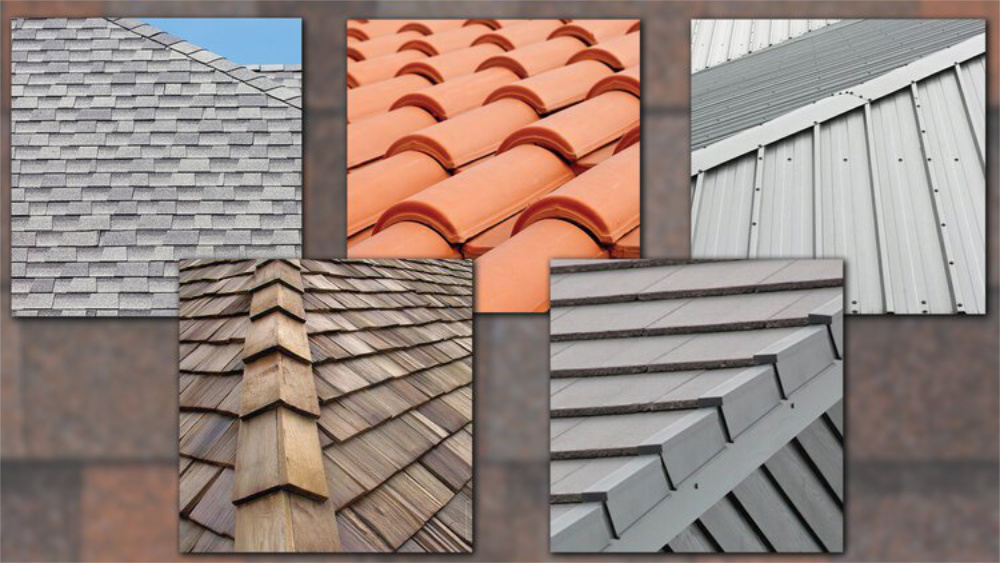
Roofing Materials
Depending on water damage and the type of roof, experts should use the same material to replace damaged parts with new roof and bring the structure back to its original condition.
In Australia, the most common roofing materials include the following:
- Terracotta roof tiles
- Concrete roof tiles
- Metal Roof
Tiled Roofing
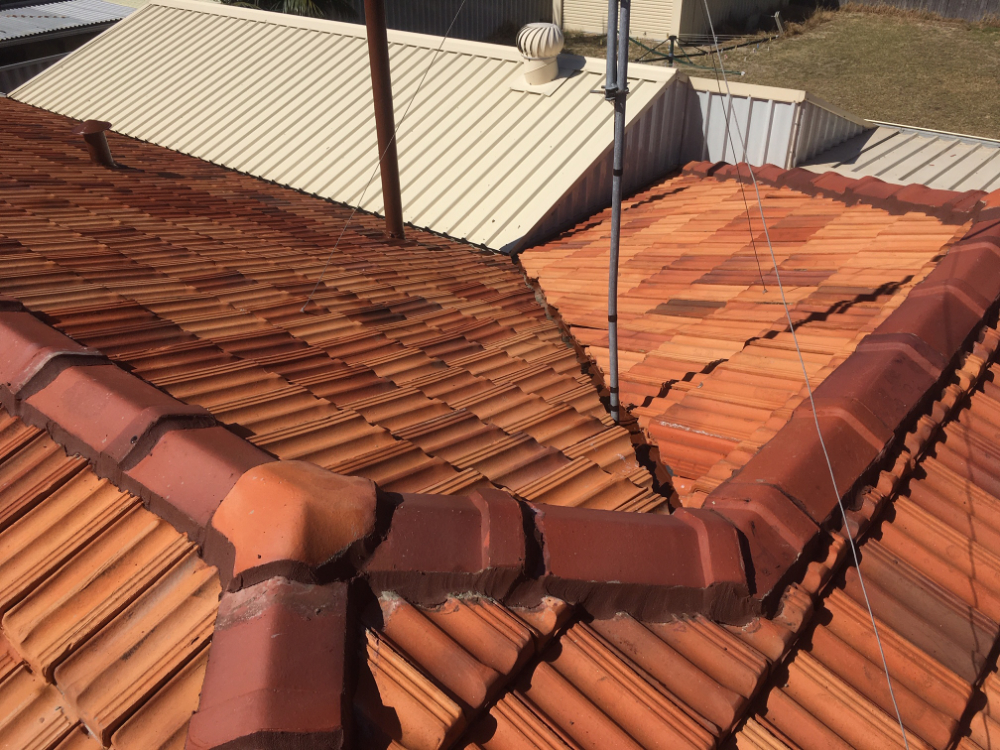
The first two types of roofing materials fall into this category: the terracotta roofs, and concrete roof tiles. These are the main characteristics of each one:
Terracotta Roof Tiles
This type of roof tile is popular among those who want to improve the aesthetics of their houses since it is visually attractive. Also, if well-insulated, it can withstand almost any climate, which is indispensable in this country.
However, while they are durable and look great, terracotta roof tiles are expensive compared to other options, such as concrete tiles and metal roofing.
Concrete Roof Tiles
Like terracotta ones, these types of tiles tend to mimic wooden shingles. Therefore, they are the favourite option for those who want to give their homes a unique touch or have a decoration style in mind.
Although they have a similar profile to those made of terracotta, concrete tiles are more porous. As a result, they don’t have the same lustre.
Also, since the paint is applied to the surface and not imbued, these tiles can fade quickly.
Metal Roofing
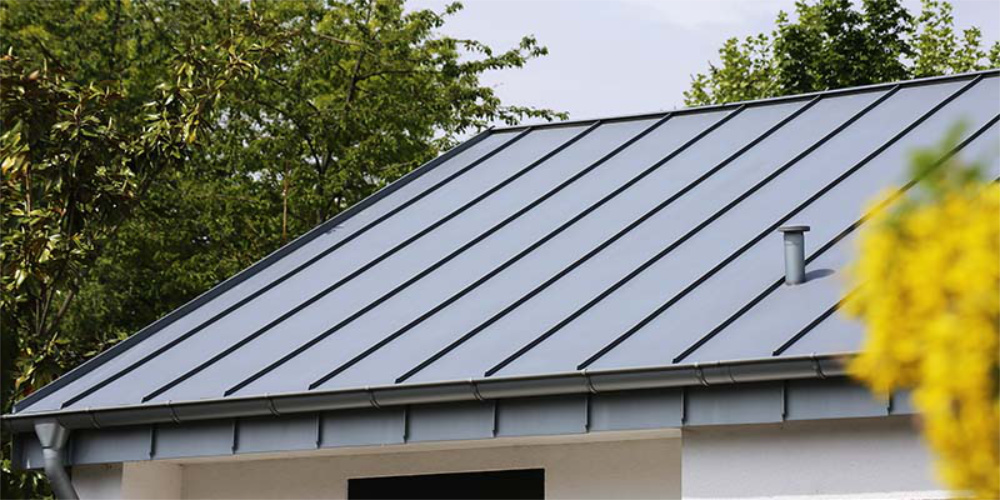
Since the weather in Australia can be extreme, ranging from quite dry to wet in the same month, homeowners need roofing materials that can withstand the country’s ever-changing weather.
In addition to high quality materials used, these materials must provide sufficient protection and comfort to keep the property safeguarded and in optimal condition.
Metal is also cheap, thermally efficient, and durable. One of its main advantages is that it can be layered over an existing roof, helping homeowners save money.
If you think this popular option is for you, you should also consider that there are two types of metal roofing. These are:
Sheet Metal Roof
When it comes to metal roofs, this material is the standard in Australian homes. It works well with different house designs and styles, including contemporary and lightweight.
Additionally, since they are resistant to the elements and corrosion, sheet metal roofs are great for regional or beachside properties.
Overall, this type of the roofing membrane is made from a combination of aluminium and zinc with an added protective coating. Therefore, if well-maintained, metal roofing systems can last for decades.
Plus, this material is weather efficient, so you can be sure it will keep your home warm during cold winters and cool when the heat hits.
Stainless Steel Roof
As it’s durable, resistant, and high-quality, this material is popular for industrial buildings. Additionally, stainless steel roofs can withstand harsh exposure to industrial-type elements.
Some beachside properties use stainless steel in their roofing systems. However, this is one of the most expensive types of roofing material.
Colourful Roofs
Also, colourful roofs are quite popular in Australia. Therefore, in some cases, roofers also offer painting services as part of the restoration work or choose materials that come in different colours.
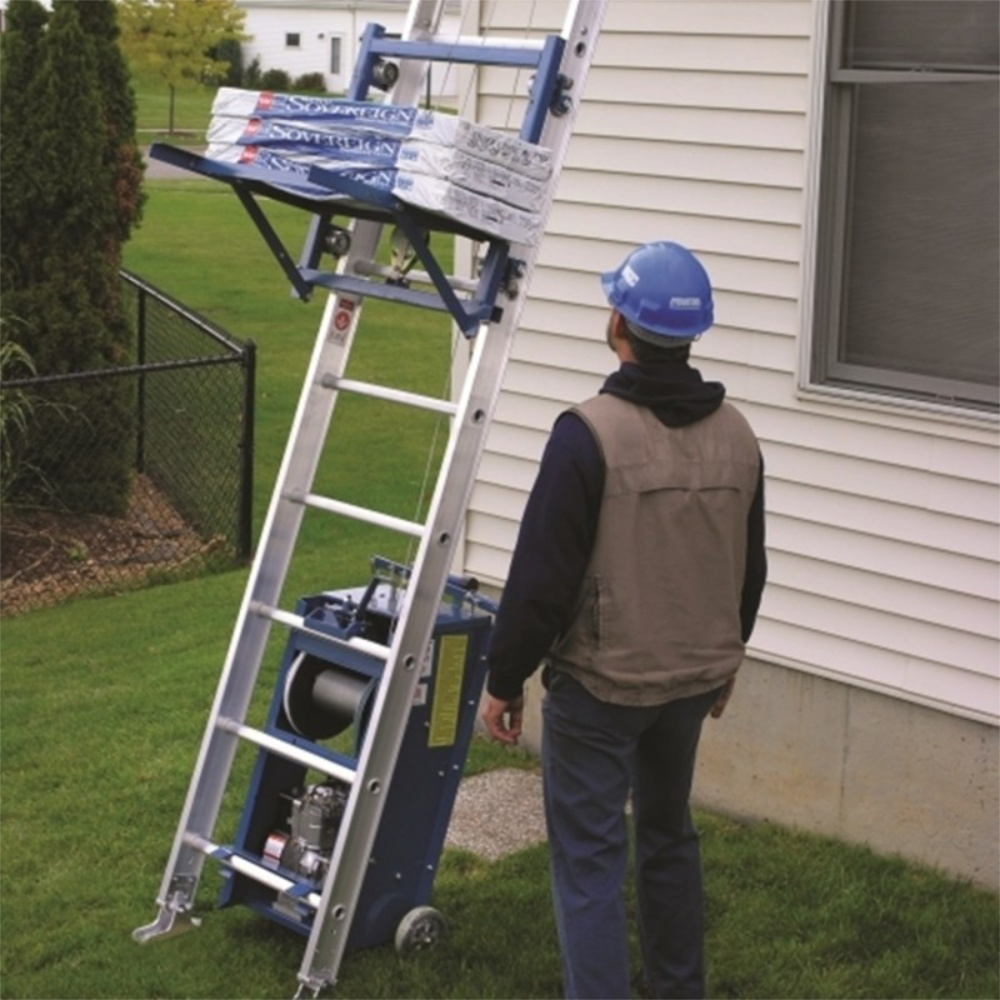
Ladder, Shingle Lift, or Scaffold
Besides roofing materials, roofers also need some tools to do the restoration roof repair work, including ladders.
Experts need a way to get up and down off the roof. Therefore, they often use ladders, shingle lifts, or scaffolds. These pieces of equipment give safe and efficient access to these structures.
Fall Protection Kit
Working at heights (roofs) also involves risks. However, safety comes first. Roofing professionals should use fall protection kits to ensure they’re safe and prepared for their job.
Fall protection kits usually include the following:
- A safety harness
- A reusable roof anchor
- A shock-absorbing lanyard
- A rope lifeline
Many homeowners ask roofers to leave the roof anchor in place if the structure is steep, as it can make future projects easier.
Chalk Line
Reliable and professional roofing experts will do everything possible to get the best results if they use chalk lines. This step allows the roofer to make sure the shingles are symmetrical and straight.
Also, using chalk lines ensure a snug fit between the shingles, so there are no holes or gaps.
Toe Boards
Roofing experts also need comfortable footing to perform these jobs without putting their lives at risk. In fact, wearing proper shoes is considered a safety standard for roof repairs.
In addition to a safety harness or other gear, all roofing professionals and contractors must wear toe boards. These safety devices allow experts to move safely around the roof, as they have roof jacks that slide in and attach under the structure’s shingles.
Flat Head Shovel
As part of the roof restoration process, experts must remove old and existing asphalt shingles. This job requires the use of flat-head shovels.
Removing old shingles is essential for several reasons. Besides guaranteeing better results and making your roof look tidy and neat, replacing it makes the roof structure eligible for a warranty.
Roofers use fat head shovels because these tools make shingle removal easier and faster.
Crowbar or Utility Bar
A little elbow grease can help remove old shingles and nails, but contractors need more than that. With crowbars or utility bars, experts can dislodge stubborn pieces in order to prepare the frame for the new ones.
Hammer or Roofing Nailer
Are there only a few broken or missing shingles? Replacing them is the best option! In these cases, roofing experts use a hammer to attach the shingles to new ones.
However, if you must replace the whole roof, which is the best option for older homes, roofers often use a power roofing nailer to speed up the entire roof replacement process and do an adequate, high-quality installation.
Roofing Nails
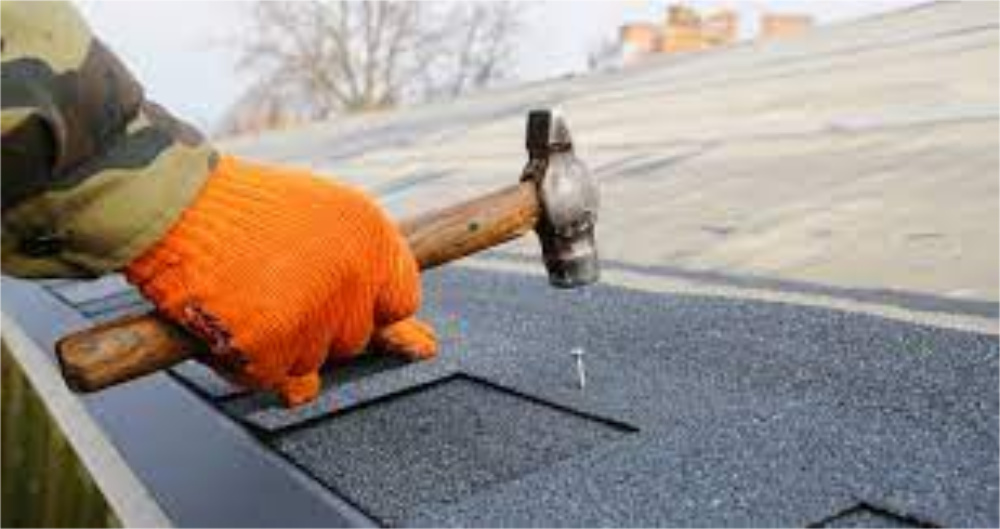
The roof must perform well to protect your property. Therefore, roofers should make sure the structure is in excellent condition. Whether you need a roof replacement or repair, experts say roofers should use the right materials and nails.
Many older homes have exposed soffits. Roofers should make sure the nails they use don’t damage them. In addition, there are some roofing shingles and nail codes that professionals should follow to ensure older homes and structures are safe.
Tarp
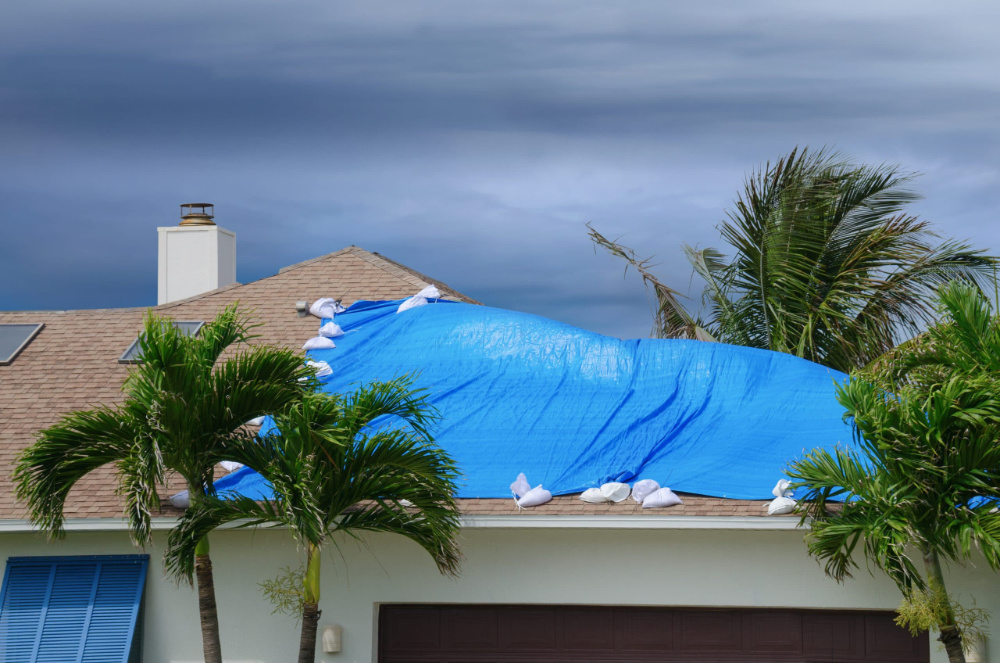
As mentioned, the Australian climate is ever-changing. In just one month, the weather can be dry and wet. How can roofers do their job if it starts to rain suddenly?
Rain can affect any roofing contractor repair job or restoration project. However, although they are experts in roofing jobs, roofers cannot control Mother Nature.
Fortunately, experts can use a tarp to cover the whole front roof surface, and prevent the deck from soaking up water and delaying the project. It’s the best way to avoid climatic problems that can affect the final result.
Sealant
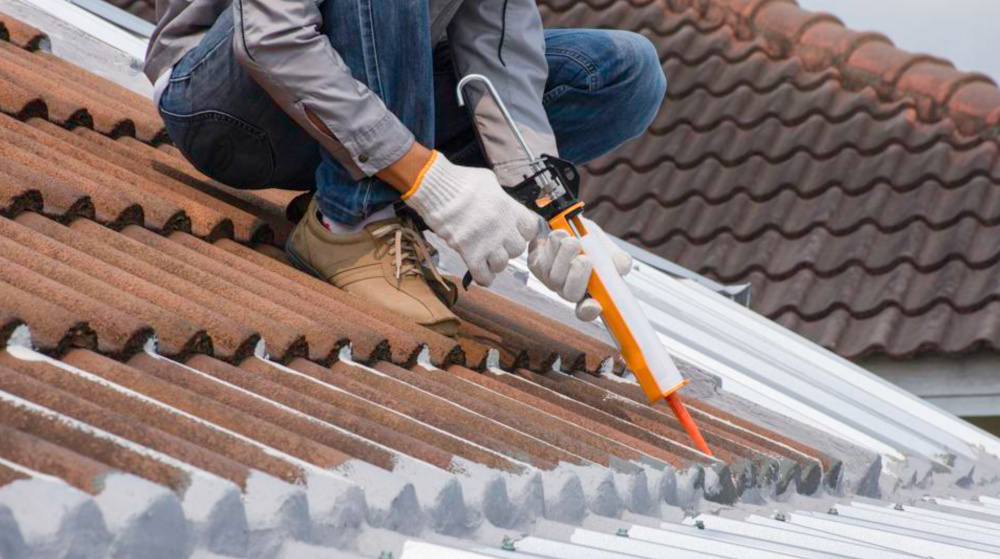
Roof leaks are among the most common and unpleasant problems for Australian homeowners, but you don’t want a leaky system, right?
Experienced and trusted roofers know that roof leaks can cause water damage, allowing liquids to penetrate the structure. Essential parts, such as chimneys, flashings, vents, and skylights, may be affected.
However, roofers apply sealant around areas where water can penetrate the roof to prevent leaks!
Sealant is great for preventing water damage, but it breaks down under UV rays after three years. Therefore, it should be considered a short-term solution. Ideally, you should ask your trusted contractors for a roofing inspection every so often to check this.
Flashing
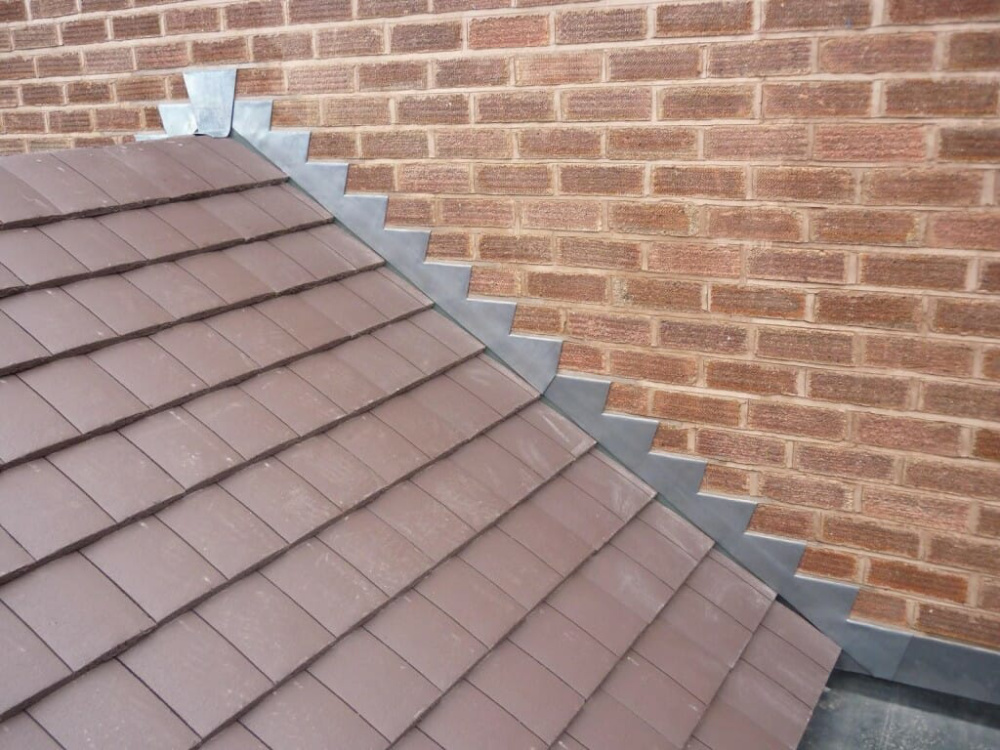
As part of the roof replacement project, roofers must install flashing, as it protects the metal sheets and structure from water damage. This piece of metal should be placed under the siding and shingles, specifically where the vertical and horizontal parts of the roofer and house meet.
Flashing allows water to move freely towards the roof’s edge and drain. Without this essential part, the water will penetrate the structure and root the wood beneath the shingles. Actually, most roof leaks result from poor- quality materials or improper flashing.
Utility Knife
Roofers also need a utility knife to cut or trim shingles to the correct shape and size. Many experts who have this tool on their toolbelts use a hook blade, as it makes cutting through the face of the shingle easier.
Underlayment
To protect the roofs against the elements, roofers shouldn’t forget to replace the underlayment. It’s a thin sheet of metal that makes the roof more resistant.
Ice shields, felt paper, and water shields are common types of underlayment, as they act as a second layer of defence and protect properties against water damage.
Aluminium Drip Edge
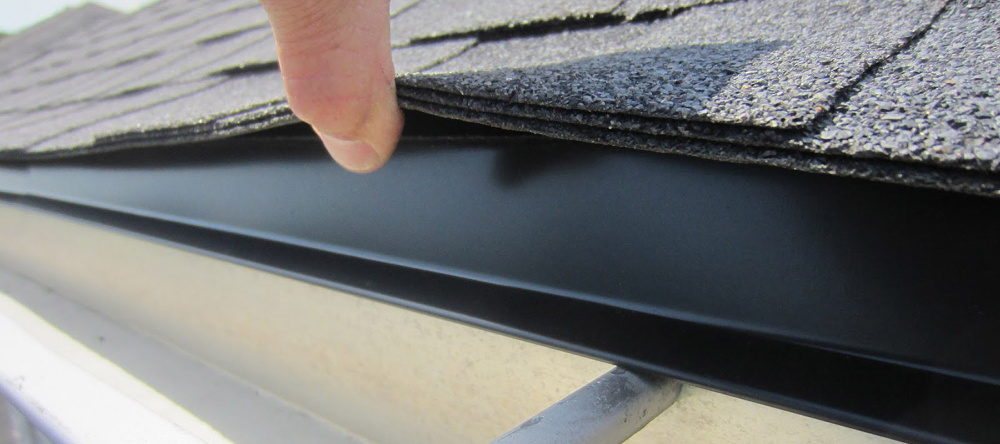
This piece is essential for the roof to remain in perfect condition. An aluminium drip edge causes water to flow off the roof’s edges, preventing the wood of aluminium drip edge and the fascia board from being damaged.
Plywood or OSB
Experienced roofers also examine the deck from the attic, looking for soft spots to see if they should remove or replace rotting or damaged wood.
If there are damaged wood pieces, experts will use oriented strand board (OSB) or plywood to replace them.
Final Thoughts
Roof leaks, missing roof shingles, and rotting roof parts are some of the reasons you might need a professional contractor for roof restoration.
With these services, you can ensure the house and whole roof is in good condition, safe, and will last for decades. However, you need roof repair and restoration experts to get good results.
Fortunately, you can find them here! Fremantle Roofing Services’ roofers are ready to help fix common issues and make your property look like new. Call us today and get a free quote!

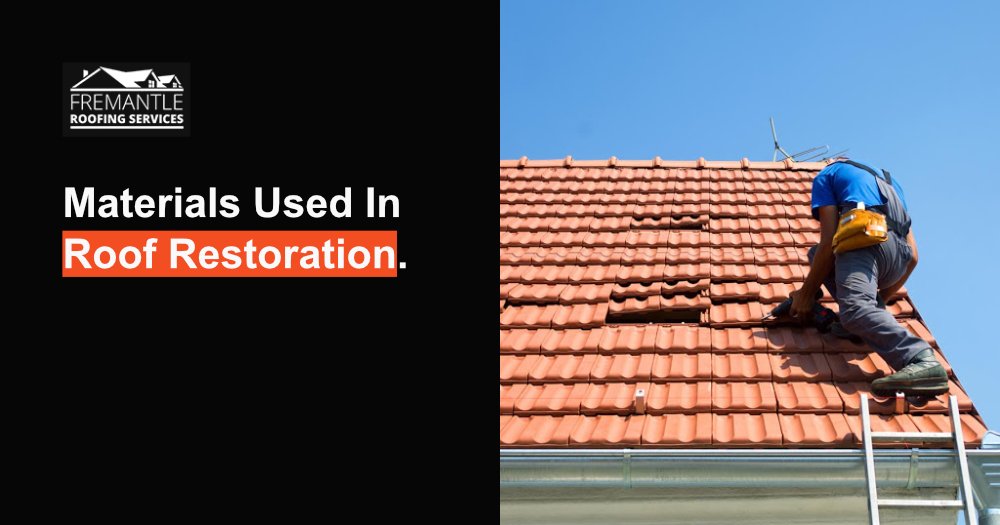
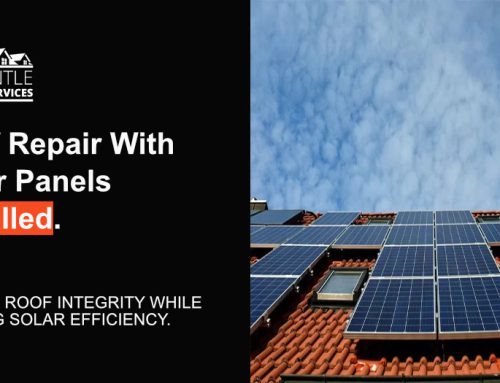
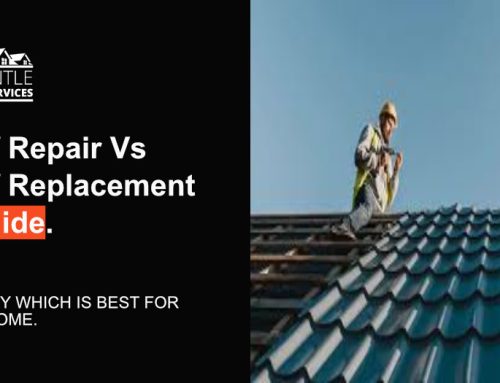
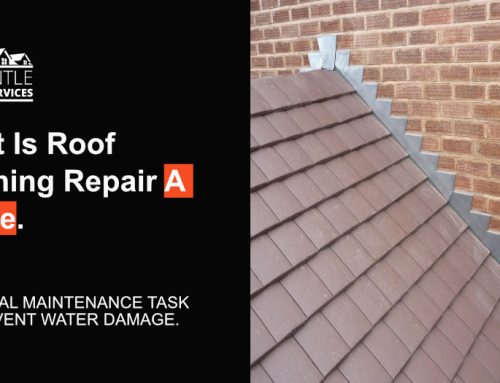
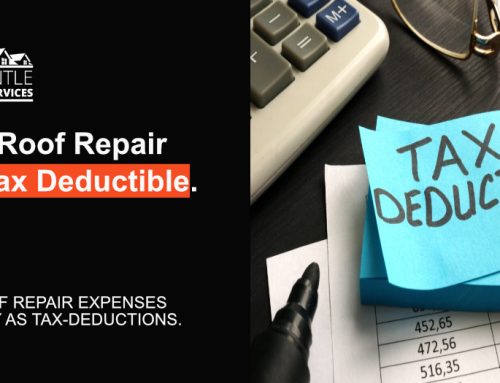
Leave A Comment